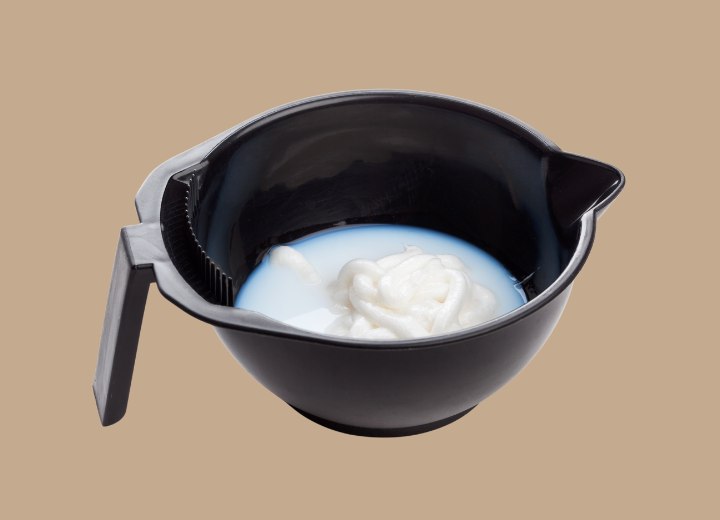Lighten Hair

I would like the equation of how to mix peroxide with shampoo to lighten the ends up. Is it the peroxide that comes in a brown bottle? I keep thinking of hydrogen peroxide. That isn’t it, is it? I feel so silly. If you could help me to get rid of the dark color of my ends that would be wonderful. Like I said I do need a trim but that will be a while, though. Also 1 more question: if there is a place to get hair extensions that don’t look so shinny and cheap, that would be a great help, too. Thank you.
When peroxide is used as developer for hair color, it is generally mixed with other chemicals that help to open the hair’s cuticle and allow the color to penetrate the hair shaft. 10-volume peroxide developer doesn’t contain enough peroxide to bleach the hair, but it can open the cuticle and allow the color to be deposited to give your hair whatever color you choose. 10-volume developer contains 3-3.5% peroxide.
20-volume developer contains 6-7% peroxide and is strong enough to lift the hair’s color (as well as the color of the pigment in skin if left on it). 30-volume developer contains approximately 10% hydrogen peroxide and will more readily lighten the hair or skin when exposed to it.
For the type of lightening you are looking for, you want to combine equal parts of your favorite shampoo with 30-volume peroxide developer from your beauty supply store. Apply this mixture to the ends of the hair where you want the lightening to take place. You can apply a small amount of warm water to the hair ends and massage it into lather.
Let the mixture sit for 3-8 minutes (depending on the amount of lightening you want) and watch it carefully. Rinse it thoroughly and blow dry to check the lightening results afterward. Be sure to follow up with a good conditioner to help maintain the hair’s moisture.
You can repeat the process if needed and allow for more processing time to get lighter results desired.
As for the search for non-shiny and non-cheap-looking extensions, you need to make certain that you are using real, human-hair extensions. The hair fibers used for extensions generally fall into three categories: The least expensive of these is synthetic fibers. Some monofilament fibers are very close to looking like real hair, but still can quickly become ratty looking and fake.
Next least expensive are the animal hair extensions, which while they are “natural hair” are treated and processed to be manageable and can often look cheap. These two types of extension hair are best used for purely cosmetic and costume purposes.
Human hair extensions tend to be more expensive, but still come in various grades of quality. Look for the best quality human hair extensions you can afford and always care for them according to the manufacturers and stylist’s instructions.
©Hairfinder.com
See also:
Hair coloring
Questions about highlights